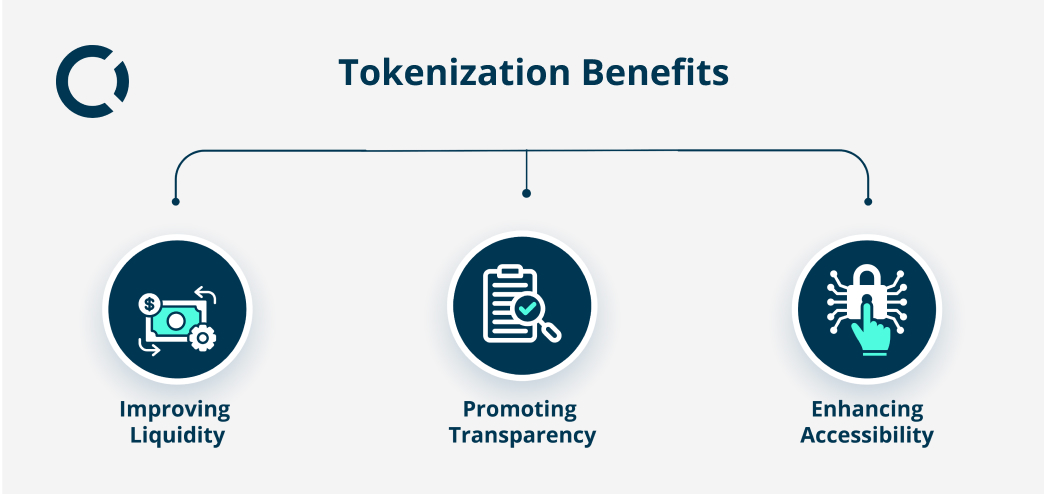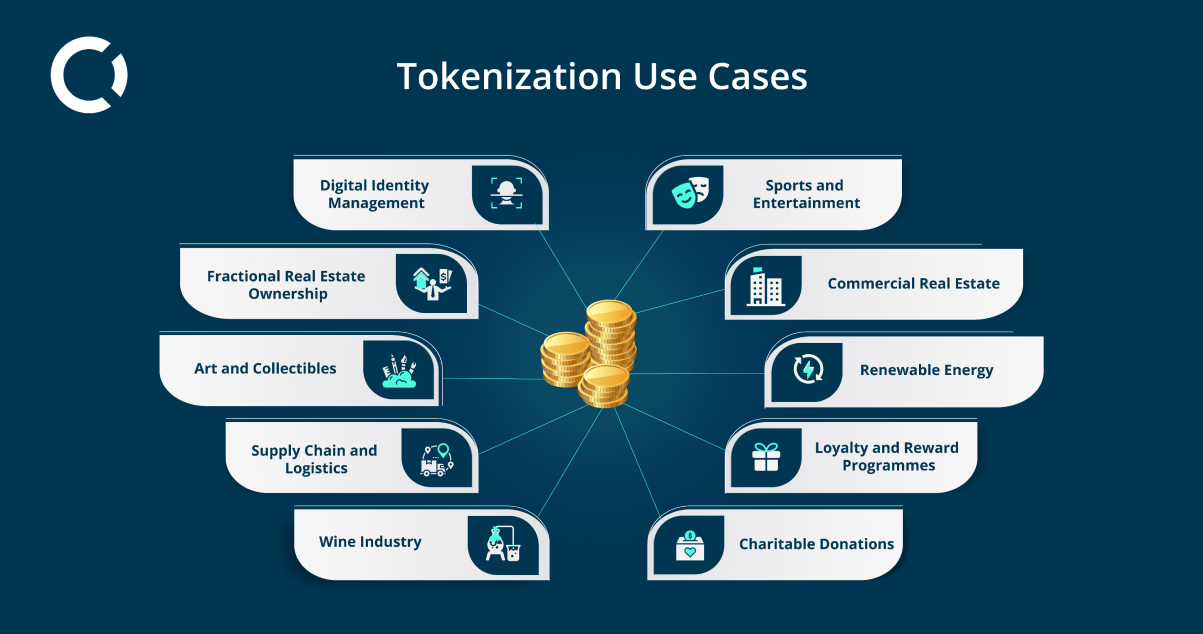

Tokenization can be used to represent and verify digital identities, enabling secure and decentralised identity management solutions. In Zug, Switzerland, a pioneering example of digital identity management using blockchain technology allows residents to securely manage personal information with tokenized identities. This system provides a secure, decentralised, and efficient method to handle identities, facilitating easier access to government services and enhancing privacy.
Real estate properties can be tokenized, allowing investors to purchase fractional shares and participate in the ownership and appreciation of these assets. In 2020, the real estate platform Bricktrade launched a tokenization platform that enables investors to purchase fractional shares of commercial and residential properties in the United Kingdom.
Additionally, DAOPropTech, another innovative platform, leverages decentralized autonomous organization (DAO) structures to manage real estate assets. This approach not only democratizes ownership but also enhances decision-making processes through collective governance of property investments, allowing token holders to vote on major decisions and benefit from real estate returns.
The sports industry is also exploring tokenization. An example is Socios.com, which uses blockchain technology to tokenize voting rights for sports club decisions. Fans can purchase tokens that give them a say in club matters such as uniform designs or match locations. This increases fan engagement and offers a new revenue stream for sports teams.
Another compelling example is Sorare, a fantasy football platform that combines the thrill of fantasy sports with the benefits of digital collectibles. Sorare allows users to collect, trade, and compete with officially licensed digital player cards using blockchain technology. This has revolutionized how fans engage with football, providing a new form of interaction that is both entertaining and potentially profitable as they manage virtual teams based on real-life player performances.


Tokenization has the potential to revolutionize asset management by enhancing liquidity, accessibility, and transparency. As the market evolves, collaboration among stakeholders is crucial to unlocking its full potential and ensuring benefits are realized across diverse sectors, empowering individuals, businesses, and economies in the digital age.
Codora leads the charge in harnessing blockchain technology to catalyze innovation and drive transformative change across diverse industries. As pioneers in the field, we specialize in crafting bespoke tokenization solutions that optimize liquidity, accessibility, and transparency for our esteemed clientele.
Curious about the transformative power of tokenization for your business? Connect with Codora today to explore tailored strategies and expert guidance perfectly suited to your unique needs. Reach out to us at hello@codora.io to embark on your journey towards unlocking new possibilities and driving growth in the digital age.


